Kluczowe dokumenty
392103
Isobornyl acrylate
technical grade, contains 200 ppm monomethyl ether hydroquinone as inhibitor
Synonim(y):
Acrylic acid isobornyl ester, IBA
About This Item
Polecane produkty
klasa czystości
technical grade
Formularz
liquid
zawiera
200 ppm monomethyl ether hydroquinone as inhibitor
współczynnik refrakcji
n20/D 1.476 (lit.)
bp
119-121 °C/15 mmHg (lit.)
gęstość
0.986 g/mL at 25 °C (lit.)
ciąg SMILES
[H][C@]12CC[C@@](C)([C@@H](C1)OC(=O)C=C)C2(C)C
InChI
1S/C13H20O2/c1-5-11(14)15-10-8-9-6-7-13(10,4)12(9,2)3/h5,9-10H,1,6-8H2,2-4H3/t9-,10-,13+/m0/s1
Klucz InChI
PSGCQDPCAWOCSH-OUJBWJOFSA-N
Szukasz podobnych produktów? Odwiedź Przewodnik dotyczący porównywania produktów
Powiązane kategorie
Opis ogólny
Zastosowanie
Hasło ostrzegawcze
Warning
Zwroty wskazujące rodzaj zagrożenia
Zwroty wskazujące środki ostrożności
Klasyfikacja zagrożeń
Aquatic Acute 1 - Aquatic Chronic 1 - Eye Irrit. 2 - Skin Irrit. 2 - Skin Sens. 1A - STOT SE 3
Organy docelowe
Respiratory system
Kod klasy składowania
10 - Combustible liquids
Klasa zagrożenia wodnego (WGK)
WGK 2
Temperatura zapłonu (°F)
219.2 °F - closed cup
Temperatura zapłonu (°C)
104 °C - closed cup
Środki ochrony indywidualnej
Eyeshields, Faceshields, Gloves, type ABEK (EN14387) respirator filter
Wybierz jedną z najnowszych wersji:
Masz już ten produkt?
Dokumenty związane z niedawno zakupionymi produktami zostały zamieszczone w Bibliotece dokumentów.
Klienci oglądali również te produkty
Nasz zespół naukowców ma doświadczenie we wszystkich obszarach badań, w tym w naukach przyrodniczych, materiałoznawstwie, syntezie chemicznej, chromatografii, analityce i wielu innych dziedzinach.
Skontaktuj się z zespołem ds. pomocy technicznej
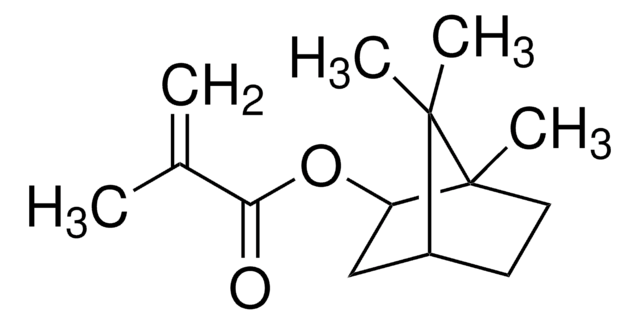
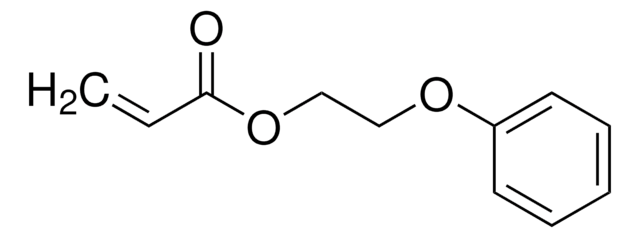
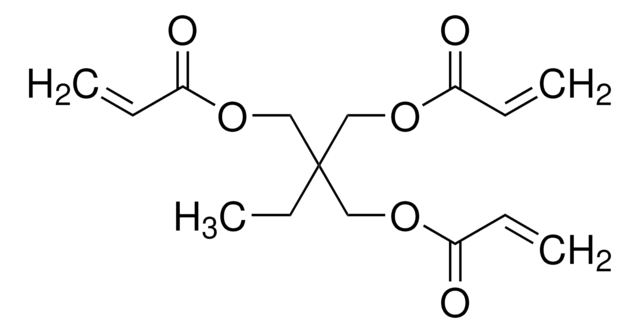
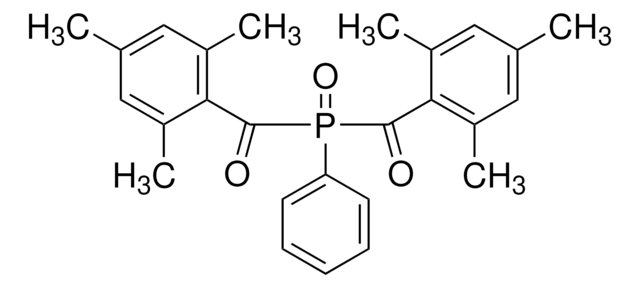
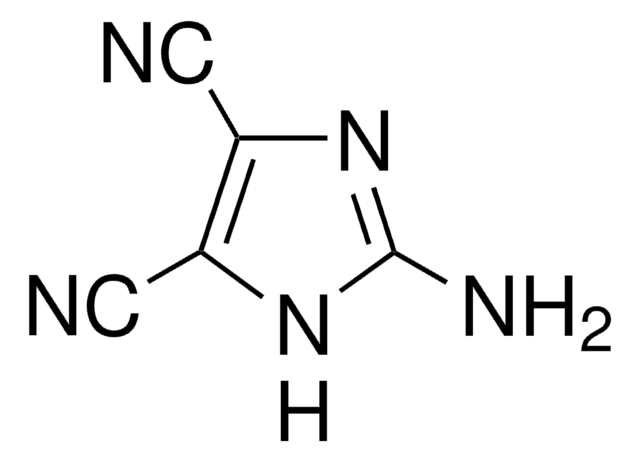
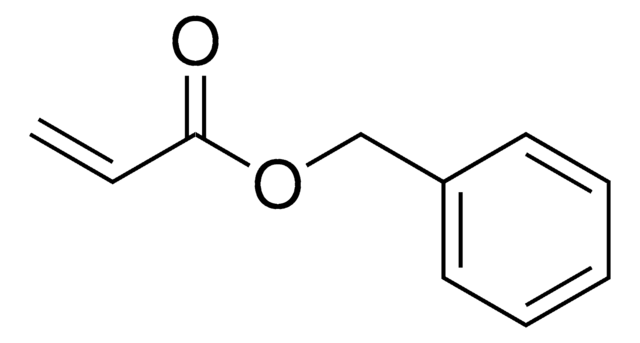

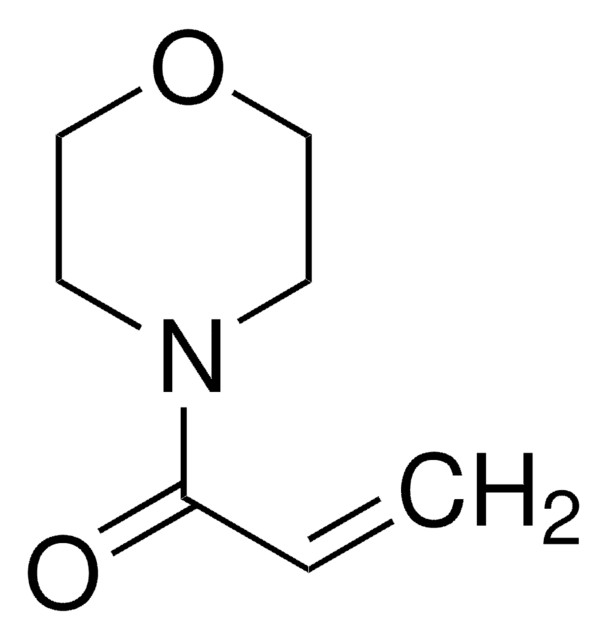
![Tricyclo[5.2.1.02,6]decanedimethanol diacrylate](/deepweb/assets/sigmaaldrich/product/structures/327/536/0dc81542-b920-47ec-99c1-d064a327a315/640/0dc81542-b920-47ec-99c1-d064a327a315.png)



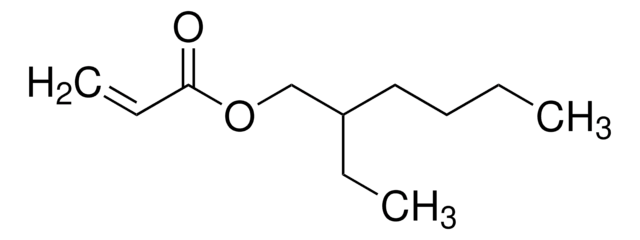
![2-[[(Butylamino)carbonyl]oxy]ethyl acrylate](/deepweb/assets/sigmaaldrich/product/structures/603/008/4241c20d-94e8-474e-b3ff-6c4d5be67e9d/640/4241c20d-94e8-474e-b3ff-6c4d5be67e9d.png)